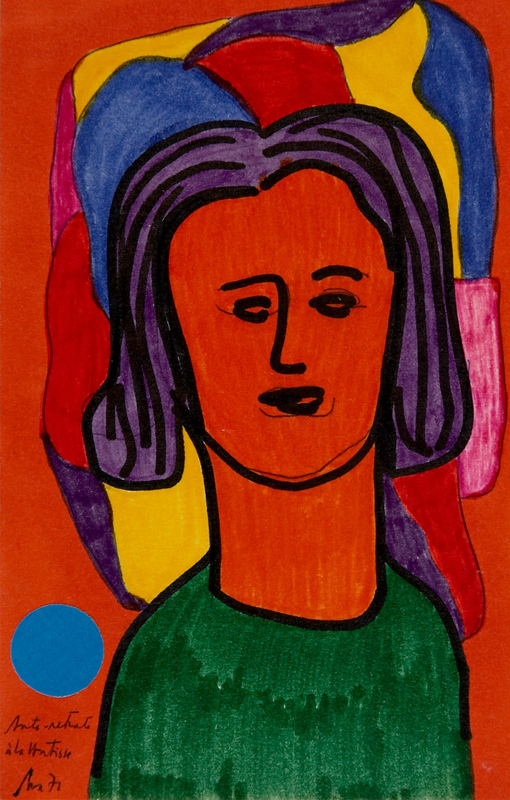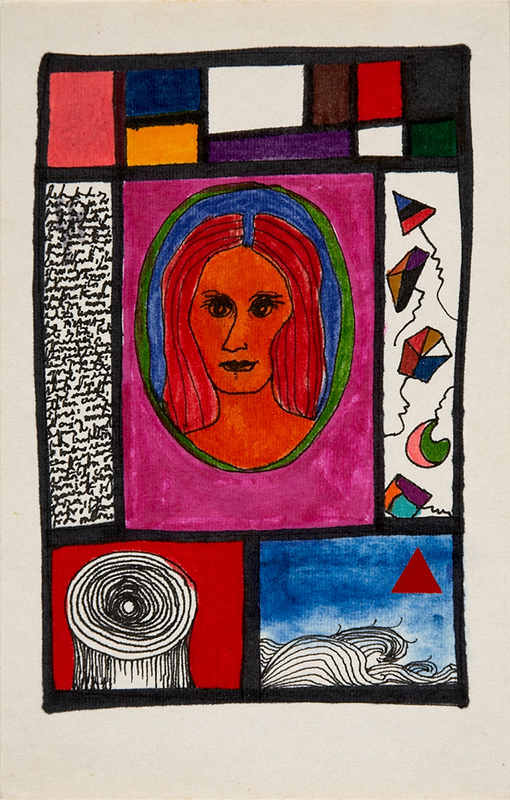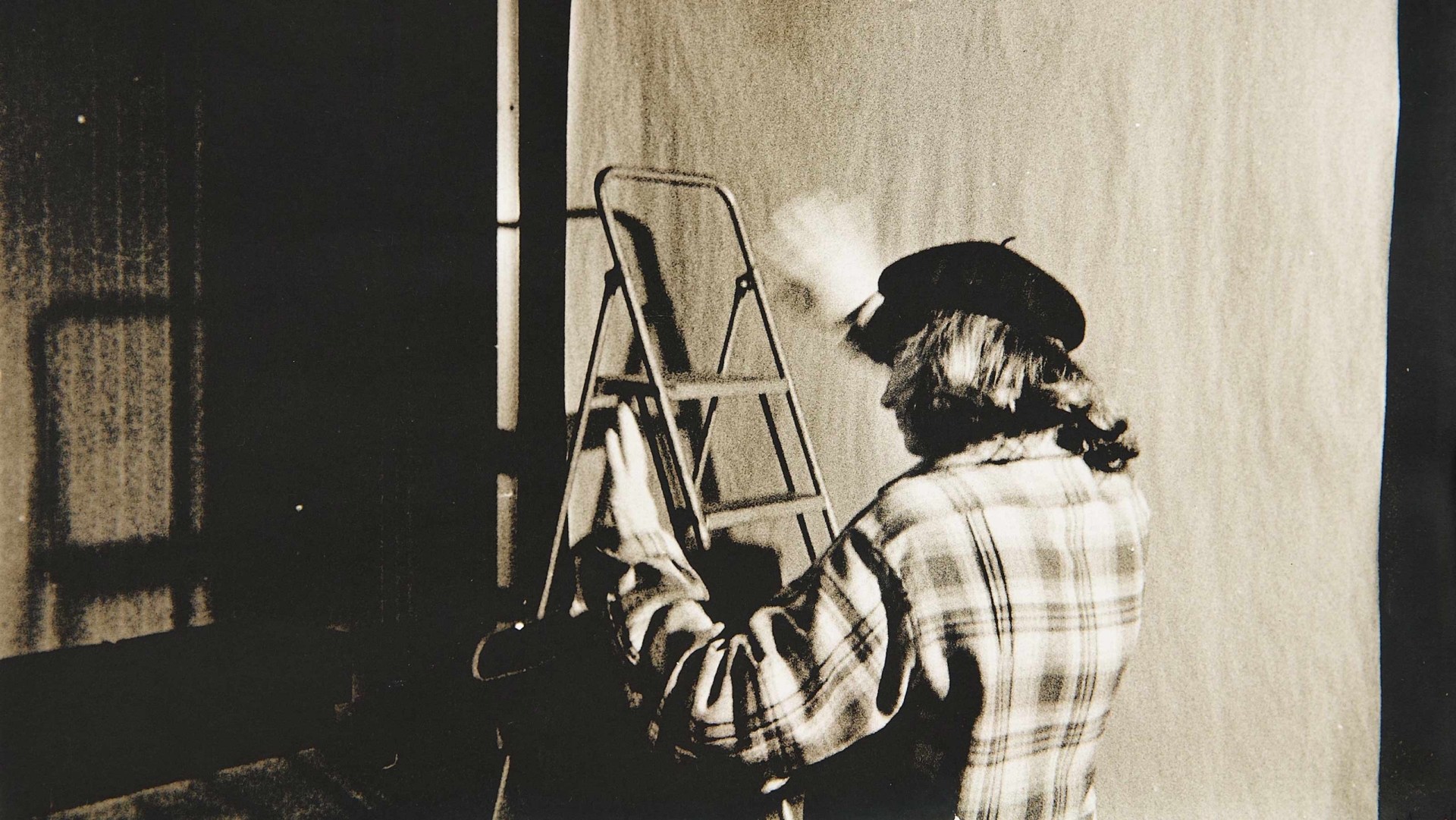Ana Hatherly: a few moments
Ana Hatherly first met me at a time when I wasn’t yet in a position to get to know her.
I later came across her again, the image of a stunning yet distant female figure having stayed in my mind (indeed, only much later would I find a way of expressing what she reminded me of: a character from a Douglas Sirk film, although I only became familiar with his oeuvre much further down the line), together with a voice that was very close to something that I wasn’t able to put into words back then: a timbre that bore no resemblance to anything or anyone else at all. She was a smoker. The first time around, I had not long started primary school.
By the time of my subsequent encounter with her, I was well into my teenage years. I was already aware that she wrote and had even read some of her books – Um Ritmo Perdido, A Dama e o Cavaleiro, Sigma (through which I discovered João Vieira) and O Mestre. I knew a thing or two about writers, which ended up being useful for holding brief conversations. I visited her house in the Bairro Azul, where lots of people involved in the literary scene would congregate; some of them later became my mentors and friends. On those occasions, I would tend to be rather silent, occasionally launching into a tirade typical of my age.
Those were the times of the Galeria Quadrante, where she showcased new forms of poetry: ‘The snail and the parka have horns, see, didn’t I tell you’, Leonor … those were the times of the Tisanas. But also the times of film and of poems that morph into drawings and drawings that morph into poems. To be honest, I struggle to tell what they’re about even today.
After that, there were no more reunions, but rather an ongoing encounter with more or less approximations.
Then Filomena came into my world, having also encountered Ana as a child and having retained a memory of her that was very similar to my own.
Those were times of change: of Judite da Cruz, and then the Revolution, Mapas and Rotura.


There followed a period of flat-out academic work; she devoted herself entirely to her studies, which gained her a reputation (in a good way) as an academic figure. She became hugely savant in the field of Baroque poetry: perhaps reclaiming in poetry the rhythm lost in the music when a sad fate distanced her from singing, which was what she had really wanted to do in life.
Over all those years she gave us studies, images and poems, and at times it was hard to tell when one ended and others began.
We always found one another over the course of the days, the work projects and individual moments, happy moments that we shared.
While I was at the Modern Art Centre, I organised three exhibitions of her work: Ana Hatherly – obra visual 1960/1990 in 1992; Ana Hatherly – Hand Made (recent works) in 2000; and Ana Hatherly — Desenho e Pintura sobre Papel, Anos 60 e 70 in 2005.
Later came the Fibrilações.
Later, we met despite all.
And then we no longer met again.


